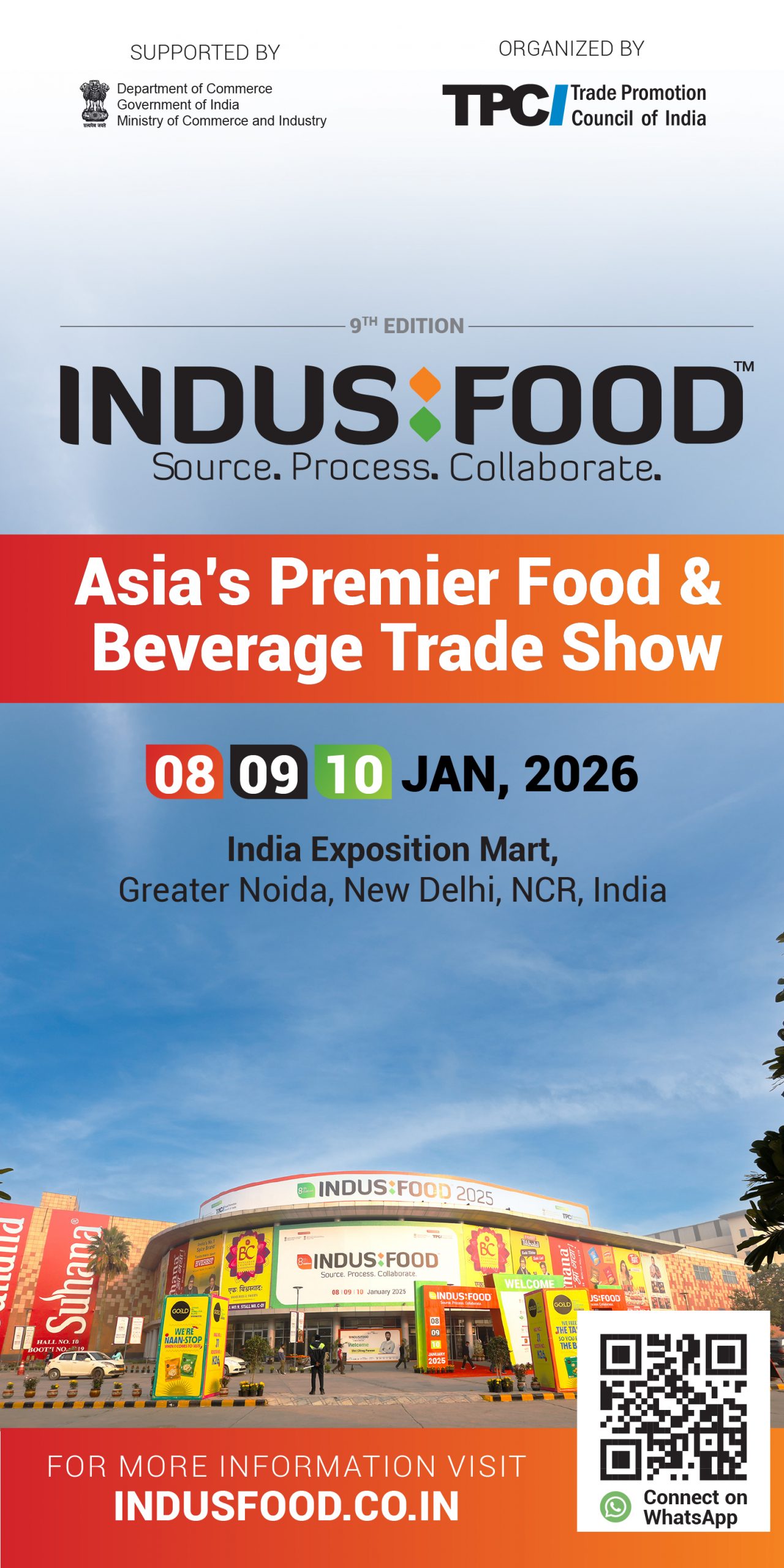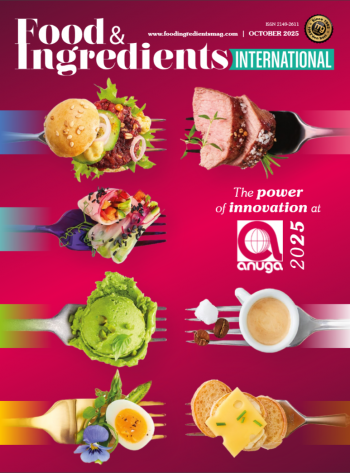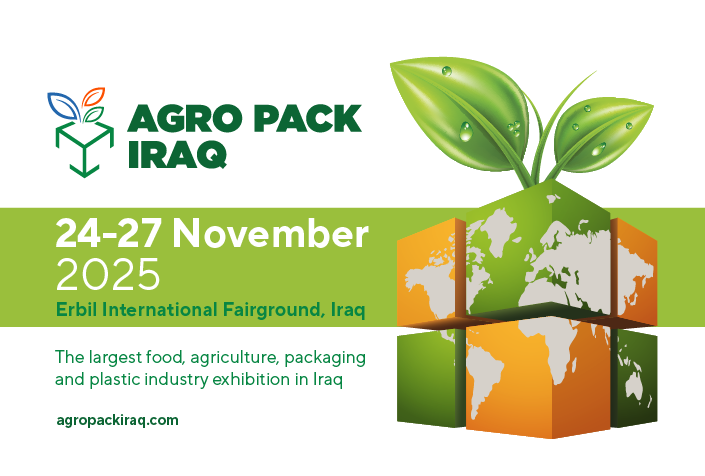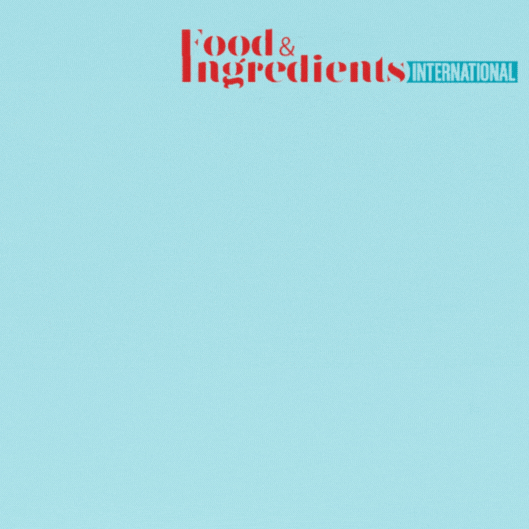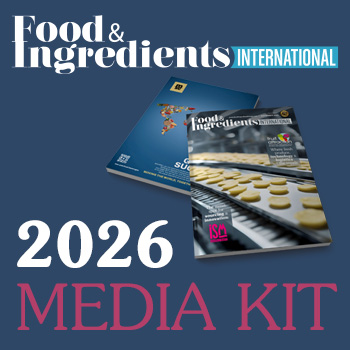By refining its pep+ (PepsiCo Positive) climate, packaging, agriculture, and water goals, PepsiCo is further aligning resources with core business priorities, building on learnings and progress, and helping its sustainability ambitions remain actionable and achievable
- Regenerative agriculture goal expanded, aiming for 10 million acres by 2030
- Success in delivering 3.5 million acres of regenerative agriculture through the end of 2024 and water stewardship informs new goals
- New goals account for external realities and business growth and position the company for long-term sustainable growth
- Newly published PepsiCo Climate Transition Plan details updated Scope 1, 2, and 3 targets to align to 1.5°C, reflecting Science Based Target Initiative (SBTi) sectoral guidance on FLAG and E&I emissions and related shift to net zero emissions goal by 2050
- Packaging goals to focus on driving scale in key packaging markets
- 2030 net water positive goal retained, with refined focus on high-risk areas
PepsiCo announced refined climate, packaging, agriculture, and water goals to continue to build a stronger, more resilient business that aims to drive scalable positive impact. The updated goals build on nearly four years of progress and learnings since the launch of the PepsiCo Positive (pep+) business strategy, which embeds sustainability into the company’s core to deliver long-term success.
Since launching pep+ in September 2021, PepsiCo has made significant progress on regenerative agriculture and water stewardship and positive strides on sustainable packaging and climate change, while accounting for external realities and business growth.
“As circumstances evolve, PepsiCo continually adapts how we source ingredients; make, move, and sell our products; and inspire people through our brands,” said PepsiCo Chairman and Chief Executive Officer Ramon Laguarta. “This journey is underpinned by pep+, which is an investment in building a stronger and more resilient business – today and in the future – and guides our actions to help create a more resilient, more sustainable food system. Our goals must evolve with us to keep our ambition and to deliver on our long-term vision.”
In refining its sustainability goals, PepsiCo is strengthening the resilience of its business and honing its focus to where it believes it can have the most positive impact. The company is remaining ambitious with its sustainability targets (and in the case of regenerative agriculture, setting an even more ambitious target), evolving with the latest science, and being pragmatic about where efforts have been limited by external factors and systemic barriers, such as lagging infrastructure and the growth of the business.
PepsiCo’s Positive Choices goals, which aim to lower saturated fat, sugar, and sodium content and deliver more diverse ingredients, remain unchanged. The company is on track to deliver these goals, while continuing to evolve the product portfolio to meet consumer and commercial demands.
The revised goals on climate, packaging, agriculture and water also reflect PepsiCo’s understanding of where it can accelerate impact—striving for greater return on its investments—and where progress will take more time, based on the realities of key global enablers such as recycling and reuse infrastructure, electric grid modernization, electric vehicle charging infrastructure and cost-competitive vehicle availability, and varying and changing government approaches. These refined goals reflect transparency about challenges, while reinforcing a commitment to rigorous progress-tracking to pursue the company’s long-term sustainability vision.
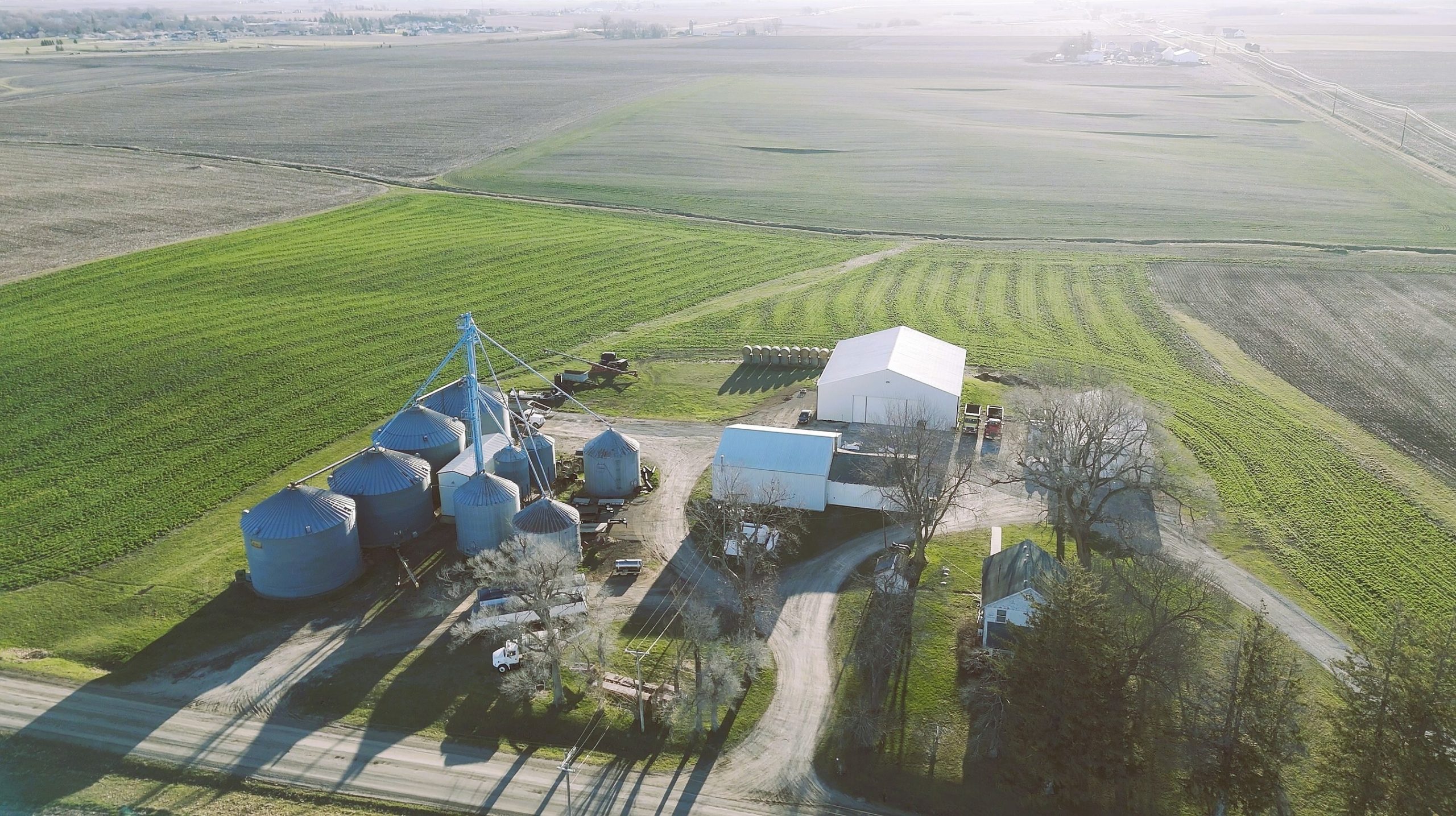 “We know it’s important that we continue to be transparent about our progress – both our successes and the challenges – and the dynamic realities that our company and the broader industry face today,” said Jim Andrew, PepsiCo Executive Vice President and Chief Sustainability Officer. “Our sustainability journey will not always be linear, but we are focused on doing the work that can both strengthen our business resilience and support a positive impact for the planet. All while remaining agile in our approach, applying learnings across our operations, and sharing them with others to help create a more sustainable food system. We will continue to embed sustainability into our company in ways that aim to enhance the strength, adaptability, and future growth of our business.”
“We know it’s important that we continue to be transparent about our progress – both our successes and the challenges – and the dynamic realities that our company and the broader industry face today,” said Jim Andrew, PepsiCo Executive Vice President and Chief Sustainability Officer. “Our sustainability journey will not always be linear, but we are focused on doing the work that can both strengthen our business resilience and support a positive impact for the planet. All while remaining agile in our approach, applying learnings across our operations, and sharing them with others to help create a more sustainable food system. We will continue to embed sustainability into our company in ways that aim to enhance the strength, adaptability, and future growth of our business.”
The updated goals include:
Agriculture: Healthier soil has the potential to drive better yields for farmers and to grow better ingredients in the long-term. Regenerative agriculture can be a powerful tool to promote healthier soil, as well as to reduce agricultural emissions, enhance biodiversity and watershed health, and help raise the standard of living for farmers and farming communities. PepsiCo has now increased its regenerative agriculture goal, aiming to drive the adoption of regenerative, restorative, or protective practices across 10 million acres by 2030. This is an expansion of the original 7-million-acre regenerative agriculture goal and expands the ambition both in scale and depth, as it includes specific objectives for nature within the goal. As of 2024, against the newly released goal, PepsiCo has already delivered approximately 3.5 million acres.
Climate: As detailed in the newly-published PepsiCo Climate Transition Plan, the company has updated its Scope 1, 2, and 3 targets and fully aligned them to a 1.5°C trajectory by 2050, reflecting SBTi sectoral guidance on Forests, Land, and Agriculture (FLAG) and Energy and Industry (E&I) emissions, and now aims to achieve net zero emissions by 2050. PepsiCo’s revised climate goals, validated by SBTi, were shaped by its own learnings and the latest science. PepsiCo’s previous Scope 3 target was aligned to well-below 2°C by 2030, and its net zero ambition was aligned to 2040.
Packaging: PepsiCo is updating its packaging goals to focus on key markets where it believes its efforts can make the most positive impact and to better account for external factors outside of the company’s control. By prioritizing efforts in key packaging markets, continuing work to reduce its use of virgin plastic and improve the design of its packaging, PepsiCo plans to focus on investments that aim to improve the packaging lifecycle. The company is also sunsetting its reuse target, while continuing various efforts on reuse as part of its goal around designing packaging to be reusable, recyclable or compostable. The refined packaging goals remain ambitious and will continue to require investment, innovation, and cross-sector collaboration to drive systemic change and support the business. At the same time, challenges remain. For example, India only passed laws allowing rPET for beverage packaging in 2023, with food packaging added this year, while China does not allow rPET inclusion in food-grade packaging.
Water: After meeting the goal of a 25% improvement in operational water-use efficiency in high-risk watersheds and exceeding the goal of 15% improvement in agricultural water-use efficiency two years early, PepsiCo has refreshed its water goals based on progress and learnings to date. The company is also refining its focus on high-risk areas and maintaining its goal to become net water positive by 2030.
![]()












